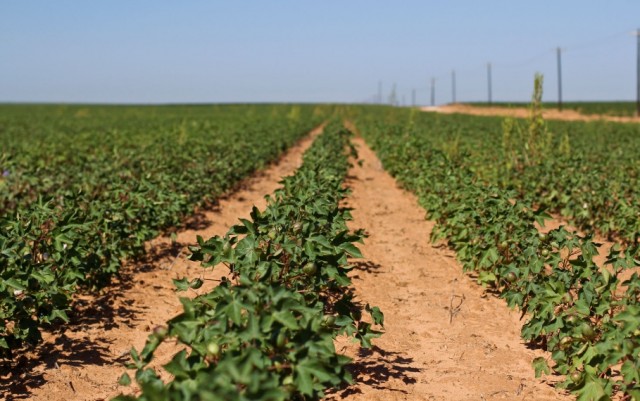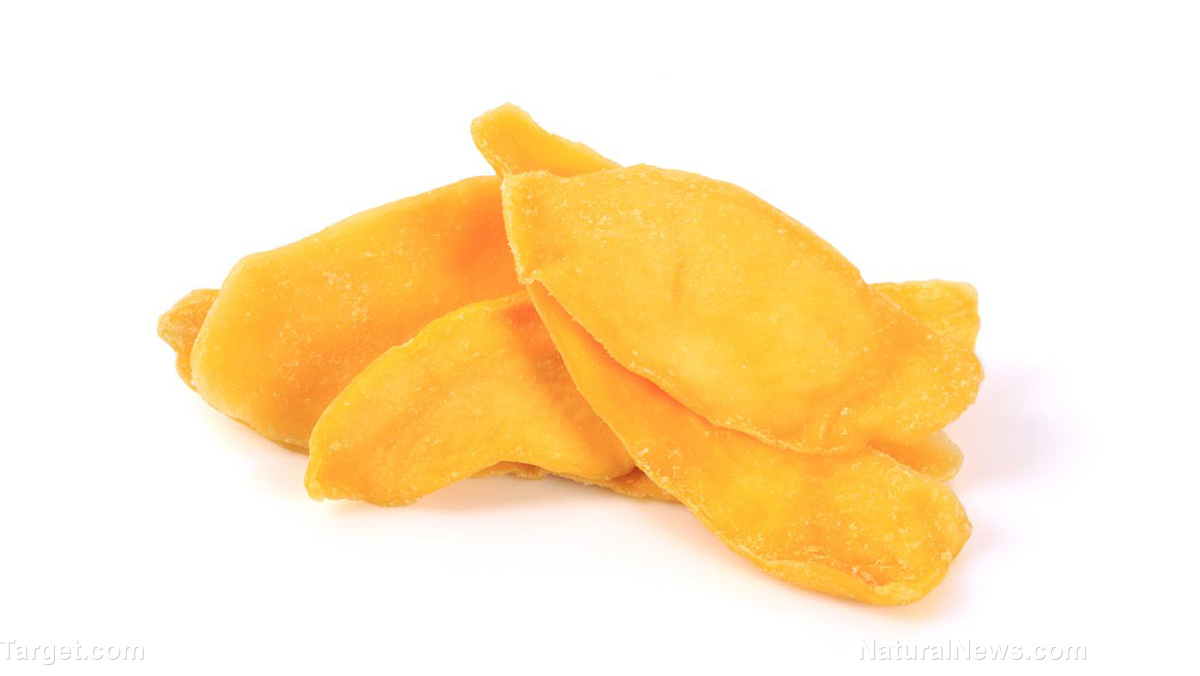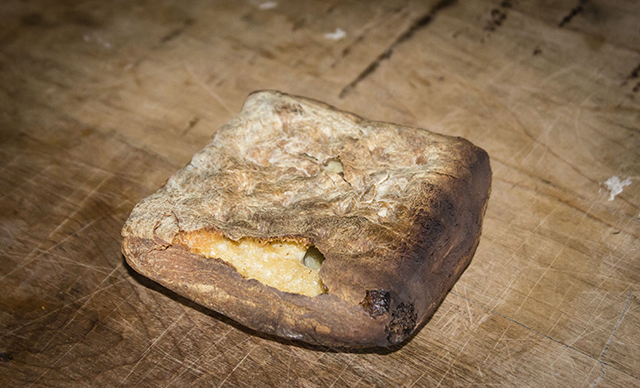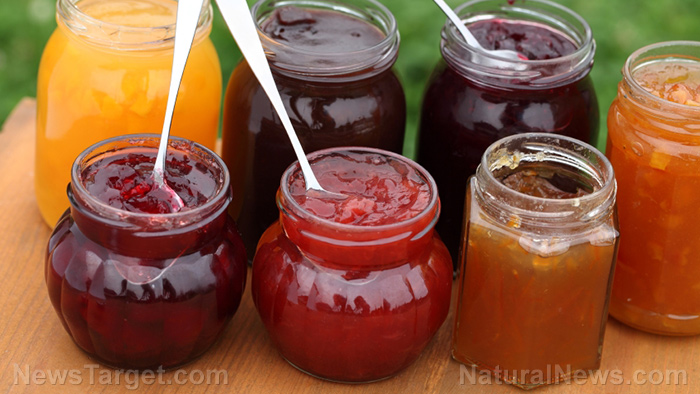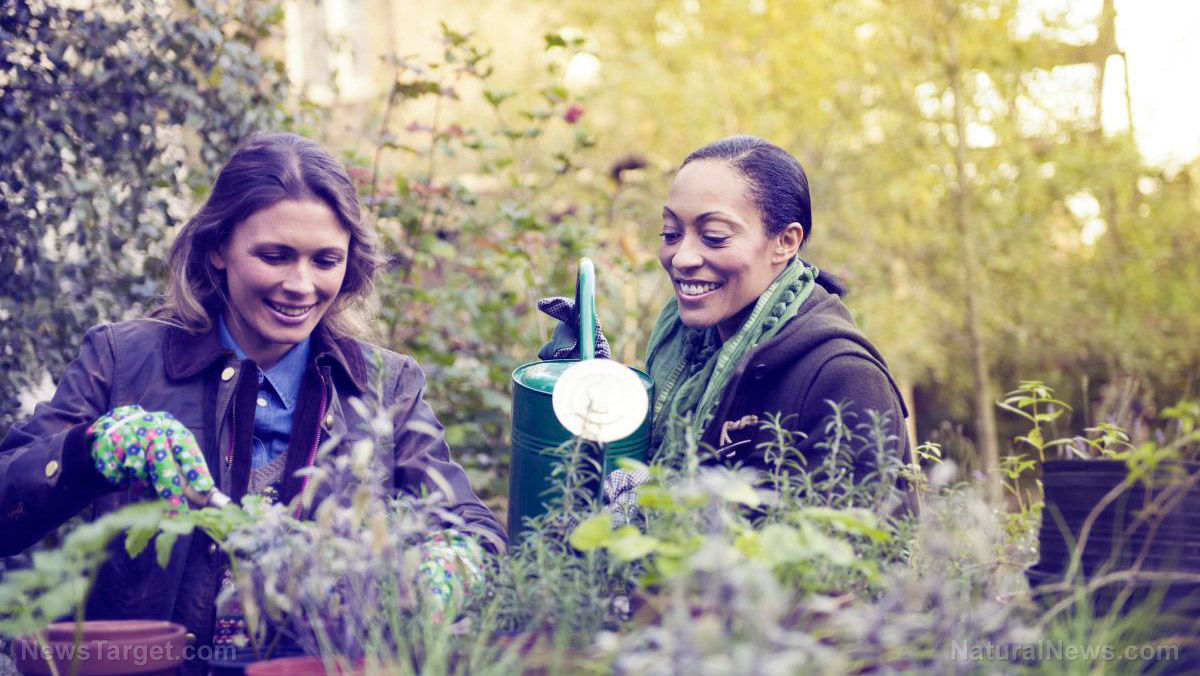Weed management is one of the primary challenges organic farmers face. Research published in the journal Weed Science suggests that taking advantage of the weather, as well as properly timed cultural management could be effective solutions to the problem.
The authors of the study, a team from the U.S. Department of Agriculture’s Agricultural Research Service (ARS), looked at weather data from Beltsville, Maryland spanning 18 years. They wanted to identify which meteorological phenomena had the most effect on the growth and proliferation of weeds and whether this effect was direct or indirect.
What they uncovered was that precipitation had a significant and positive impact on crop competitiveness, but only if it occurred during late vegetative or early crop growth, and an adverse effect on weed cover.
The team also identified three cultural practices that improved the competitiveness of crops while hampering weeds, albeit to a lesser degree than precipitation.
First, the researchers recommend carefully using a rotary hoe. This equipment delays and, in many instances, prevents the emergence of weeds from the soil. Hoeing needs to be done before the weeds grow a taproot. Once they have begun to sprout from the soil, it will have been too late for this method.
A rotary hoe also loosens compacted or crusted soil, making it easier for crops to emerge. The approach is particularly great for plants with large seeds, such as corn and soybeans, as they are usually planted deep enough not to be damaged by the hoe. They also tend to grow roots quickly to anchor themselves firmly to the soil.
Depending on weather and moisture conditions, hoeing can be performed five to seven days after planting. If the weather remains cool after planting, hoeing can be performed a little later, but never after the crops have begun to emerge from the soil.
Second, the team identified delayed planting as a viable approach to weed management. Research published by the Cambridge University Press compared the effects of planting early and late in the critical period for weed control (CPWC), the phase in the crop growth cycle when weed interference causes heavy yield losses. It was found that delayed planting resulted in lower yield loss compared to planting early in the CPWC. (Related: Organic farming found to eliminate plant parasites longer than conventional chemical pesticides.)
Third, the authors recommended diverse crop rotation as a means to improve crop competitiveness, cause variance in weed populations, and improve soil health. In crop rotation, a succession of crops is planted in the same soil over several years. This is in contrast to planting just one type of crop continuously.
The effects of crop rotation, particularly in terms of yield, are well-noted. Data from the USDA indicate that corn yields increase by seven percent when rotated with soybean. When rotated with alfalfa and grass hay, corn yields can rise by up to 15 percent.
The reasons behind the benefits offered by crop rotation aren’t fully understood, but experts believe the following may be involved:
- Rotation with legumes fix atmospheric nitrogen – Legumes form a symbiotic relationship with rhizobium bacteria. This association produces nitrogen compounds that make the soil more nutritious for the crops planted after them. Legumes are best rotated with corn and grass-type crops.
- It helps in managing pests and weeds – The plants in the rotation often require different methods of weed and pest control. These practices work together to keep weeds generally at bay. Some farms can control weeds through this method without the need for herbicides.
- It improves soil health – Planting different crops affect the soil in various ways. For one, the approach results in a more diverse community of microbes that form relationships with plants and increase their chances of survival. Different plants also tend to have varying root profiles that can affect the consistency of the soil and make it much more conducive to other plants.
Find more stories on farming and weed management at Harvest.news.
Sources include:
ScienceDaily.com
Pierce.UWEx.edu
Cambridge.org
NCRS.USDA.gov

